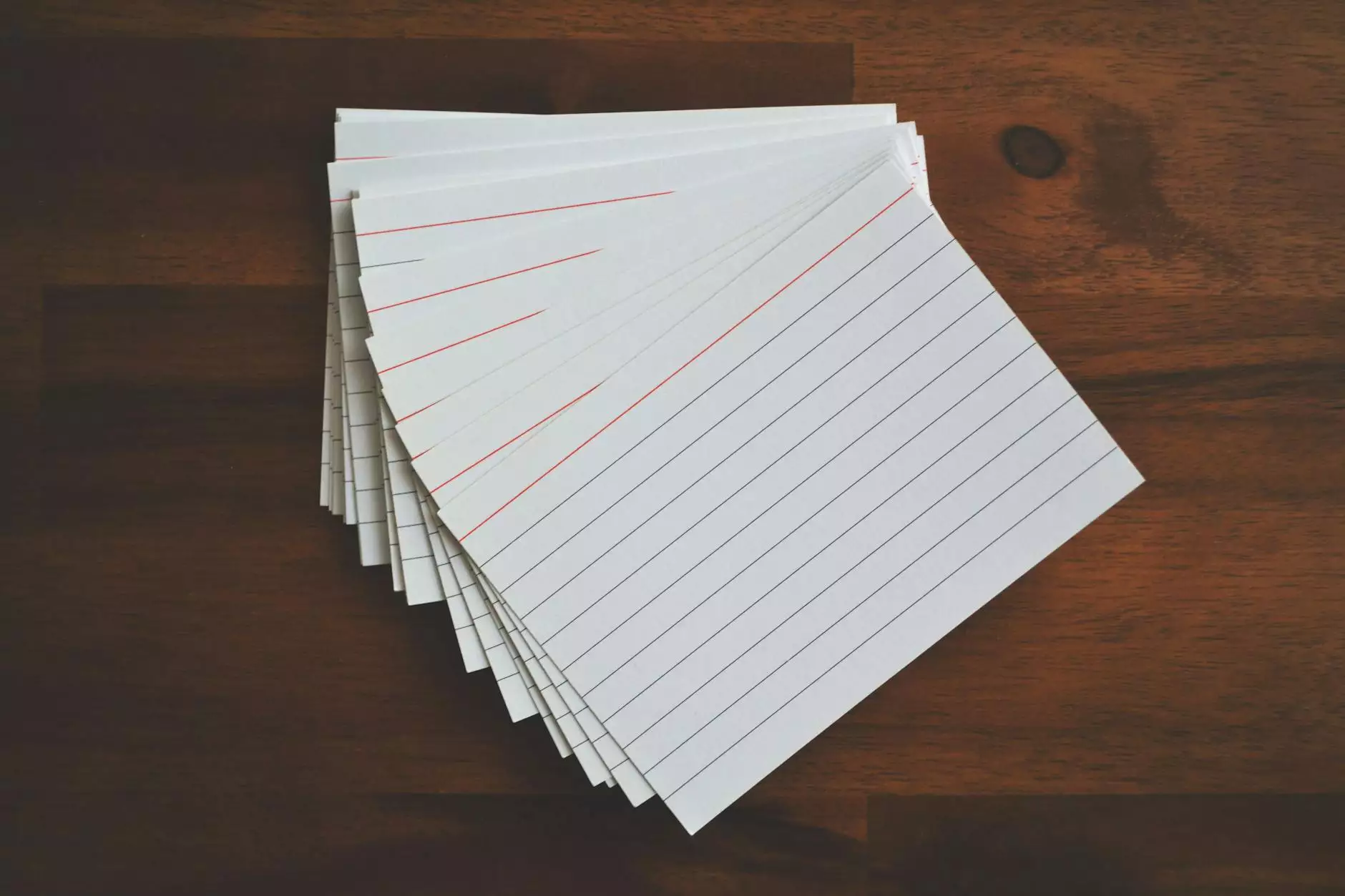How to Write an Illustration Essay?

Are you looking to enhance your essay writing skills and master the art of captivating your readers with compelling examples? Look no further! The Knowledge Nest is here to guide you through the process of writing an outstanding illustration essay. In this comprehensive guide, we will provide you with expert tips, essential techniques, and step-by-step instructions to help you excel in your academic writing.
What is an Illustration Essay?
An illustration essay is a piece of academic writing that demonstrates a point through vivid examples and supporting evidence. In this type of essay, you need to paint a clear picture and bring your topic to life by providing detailed illustrations, anecdotes, and real-life scenarios. The main goal is to engage your readers and help them visualize your ideas.
Choosing a Topic
When selecting a topic for your illustration essay, it's essential to choose something that allows you to showcase a wide range of examples. Look for subjects that are not only interesting but also provide ample opportunities to illustrate your points effectively. Remember, the strength of your examples will determine the overall success of your essay.
For instance, if you're writing about the impact of technology on society, you can explore various aspects such as communication, education, or even entertainment. By selecting a broad topic, you can present a diverse range of illustrations and capture your readers' attention.
Conducting Research
Before diving into the writing process, it's crucial to conduct thorough research to gather a variety of credible examples. Utilize authoritative sources such as scholarly articles, books, reputable websites, and interviews to augment your understanding of the topic. The more examples you have, the stronger your essay will be.
Additionally, use a combination of primary and secondary sources to provide a comprehensive and well-rounded perspective. Primary sources include firsthand accounts, original research studies, and interviews, while secondary sources offer analysis and interpretation of primary sources.
Structuring Your Essay
A well-structured essay is essential for effectively conveying your ideas. To ensure coherency and readability, follow these key elements:
- Introduction: Begin your essay with a captivating introduction that provides background information about your topic and a clear thesis statement. Hook your readers immediately and set the tone for the rest of your essay.
- Body paragraphs: The body paragraphs of your illustration essay should provide a detailed exploration of your examples. Each paragraph should be dedicated to a specific example, supported by relevant evidence, and organized logically.
- Transition words: Use transitional words and phrases to create smooth transitions between your examples and ensure a cohesive flow throughout your essay. Words like "in addition," "furthermore," and "on the other hand" can help guide your readers through your essay.
- Conclusion: Wrap up your essay by summarizing your main points and reiterating your thesis statement. Leave your readers with a lasting impression that reinforces the significance of your illustrations.
Tips for Writing an Effective Illustration Essay
Here are some expert tips to help you write an exceptional illustration essay:
- Choose relevant examples: Ensure that your examples are directly related to your thesis statement and effectively support your argument. Irrelevant or weak examples can diminish the impact of your essay.
- Provide detailed descriptions: Paint a vivid picture for your readers by providing specific details, sensory language, and insightful observations. Engage their senses and immerse them in the illustrations you showcase.
- Vary your examples: To keep your essay engaging, use a mix of different types of examples such as personal anecdotes, historical events, statistical data, or case studies. This variety will capture the interest of your readers.
- Use credible sources: Ensure that your examples are from reputable sources to maintain the credibility of your essay. This will enhance the authenticity and reliability of your arguments.
Incorporating Illustrations in your Essay
Now that you have a solid understanding of the essentials, it's time to incorporate powerful illustrations into your essay. Here are some effective ways to do it:
Personal Anecdotes
Sharing personal anecdotes or experiences can lend authenticity and emotional appeal to your essay. These illustrations provide a relatable and human element, making your essay more compelling and engaging.
Case Studies
Utilizing real-life case studies allows you to delve deeper into the topic and demonstrate its practical applications. Analyze specific cases, explore different scenarios, and draw insightful conclusions to captivate your readers.
Statistics and Data
Supporting your arguments with relevant statistics and data adds credibility and provides a strong foundation for your essay. Utilize accurate statistics from reliable sources to support your claims and strengthen your overall argument.
Historical Events
Exploring historical events and their impact on your topic can provide a broader perspective and highlight patterns or trends. Linking your examples to historical contexts helps your readers understand the significance and relevance of your illustrations.
Polishing Your Essay
Once you have written your first draft, it's essential to revise and edit your essay to ensure clarity, cohesiveness, and error-free content. Consider the following points during the editing process:
- Proofread: Check your essay for any grammatical errors, spelling mistakes, or punctuation issues. Proofreading helps improve the overall readability and professionalism of your writing.
- Check for logical flow: Review your essay to ensure that your examples are presented in a logical order and that each paragraph transitions smoothly into the next. Create a comprehensive outline beforehand to maintain a coherent flow.
- Remove redundancies: Eliminate any repetitive examples or unnecessary information. Keep your essay concise and focused on your main ideas.
- Seek feedback: Ask a friend, classmate, or professor to review your essay and provide constructive feedback. Fresh perspectives can help you identify areas for improvement and strengthen your arguments.
Conclusion
Writing an illustration essay may seem challenging at first, but with practice and the right techniques, you can master this art. By selecting compelling examples, conducting thorough research, and structuring your essay effectively, you can create a captivating piece of academic writing that engages your readers and earns you high grades.
Remember, the key to success lies in providing rich and comprehensive illustrations that support your arguments and leave a lasting impact. Embrace the power of storytelling through well-crafted examples, and watch your illustration essay soar to new heights!
Unlock your full potential as an essay writer today with The Knowledge Nest's expert guidance and take your academic writing to the next level!










